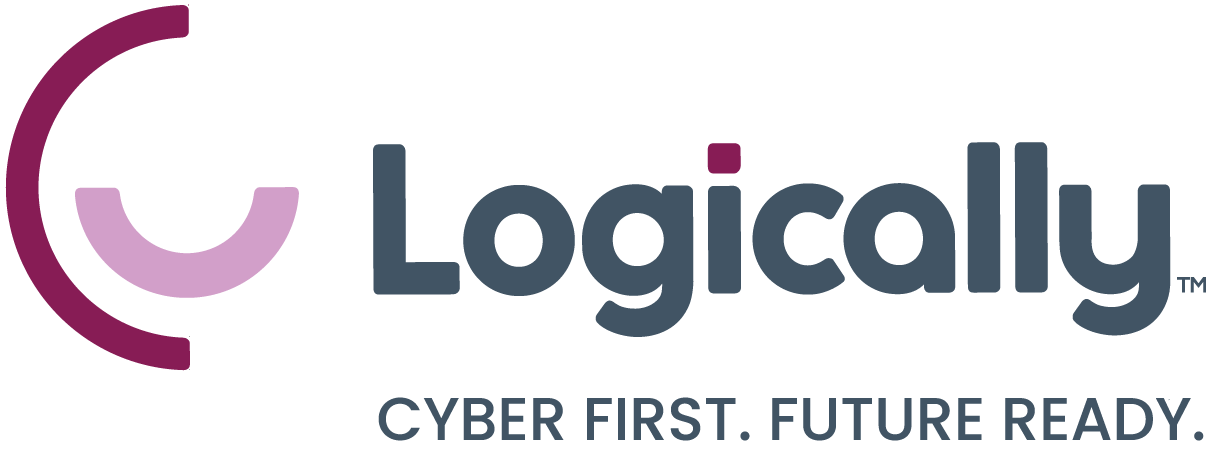Last year, cyberattacks led to more than 1 billion stolen records, a number that continues to climb. Recent reports show that in 2025 alone, more than 53 billion identity records have already been exposed, and credential theft has surged by 160%, now accounting for one in five data breaches. For mid-market organizations, the consequences of a single incident—financial loss, reputational damage, and compliance penalties—are more devastating than ever.
Cybersecurity Awareness Month was established in 2004 by the U.S. Department of Homeland Security and the National Cyber Security Alliance to help organizations strengthen their security posture and safeguard data. It’s a vital reminder that while October puts cybersecurity in the spotlight, a culture of vigilance must extend through every month of the year.
Why Cybersecurity Awareness Month Matters to Every Business
Every organization—regardless of size or industry—is a target for cybercriminals. For small and mid-sized businesses that lack the advanced infrastructure of larger enterprises, the stakes are even higher. A single breach can expose sensitive data, disrupt operations, and erode customer trust.
RELATED WEBINAR: Logically Speaking: Trained to Protect: Creating a Culture of Security
Cybersecurity Awareness Month provides a timely opportunity to step back, re-examine security practices, and reinforce the critical role employees play in defense. With the right training, employees transform from potential vulnerabilities into the first and strongest line of defense against cyber threats.
Why Cybersecurity Awareness Training Is Often a Struggle
Despite its importance, many organizations face an uphill battle when it comes to engaging employees in cybersecurity training. Employees often view cybersecurity as an “IT problem” rather than a personal responsibility. Training can also feel overly technical, repetitive, or disruptive to day-to-day work.
And while companies frequently issue updates and new requirements, ad hoc communications can overwhelm employees instead of empowering them. Without a sense of personal connection, training risks becoming just another checkbox on an already crowded to-do list.
Security Fundamentals Every Employee Must Practice
Building a culture of security begins with a strong foundation. Multi-factor authentication, phishing awareness, routine patching, password hygiene, and regular audits all play a role in reducing the likelihood of a successful attack. These practices may sound basic, but when applied consistently, they dramatically strengthen an organization’s defense.
RELATED BLOG: The Set & Forget Myth: Why Your Security Posture Can’t Be Forgotten About
Equally important is the way these fundamentals are communicated. Employees need to see them not as technical chores, but as essential habits that protect both the business and their own work.
Creative Ways to Engage Employees in Cybersecurity
To overcome training fatigue and build lasting awareness, organizations need to make cybersecurity both engaging and practical. Here are four proven methods:
- Gamification
Applying game mechanics—such as competition, points, or rewards—helps employees retain knowledge and reinforces positive behavior. Examples include contests for the strongest password, mock phishing campaigns designed by employees, or even card/board games that teach how to spot vulnerabilities. Research shows gamification significantly improves both engagement and retention. - Interactive Simulations
Live drills, such as sending simulated phishing emails, give employees hands-on experience in spotting and responding to threats. By measuring real responses, organizations can identify weak spots and use the results to drive further education.
- Storytelling
Real-world case studies of high-profile breaches make the consequences of mistakes tangible. Storytelling also works in creative formats. For example, Logically’s interactive series Threat Factor: A Cybersecurity Mystery illustrates how everyday missteps can escalate into a ransomware attack. Stories resonate because they show employees that cybersecurity is not abstract—it’s about their choices and behaviors. - Case Studies
Sharing real-world scenarios from relatable roles helps employees see themselves in the story. For instance, a marketer handing out USB drives at a tradeshow may inadvertently distribute infected devices. By highlighting these risks in familiar contexts, employees better understand the importance of everyday vigilance.
RELATED GUIDE: Elevating Your Security Posture: A Guide to the NIST Cybersecurity Framework 2.0
Creating a Cybersecurity-Centric Culture
Cybersecurity cannot succeed as a one-off event. To truly reduce risk, awareness must be part of organizational culture. That means:
- Accountability at every level: Everyone, from executives to interns, shares responsibility for protecting data.
- Continuous reinforcement: Awareness activities should happen year-round, not just during Cybersecurity Awareness Month.
- Recognition and reward: Celebrate employees who model strong cybersecurity habits.
- Third-party awareness: Share security tips with customers, partners, and vendors to reduce ecosystem risk.
When employees feel empowered and engaged, they stop seeing cybersecurity as “someone else’s problem” and start owning it as part of their role.
The Bottom Line
Cybersecurity Awareness Month is a chance to reset, reinforce, and re-engage employees around one of the most pressing challenges in business today. But the real opportunity lies in embedding awareness and accountability into everyday operations. With strong fundamentals, creative training, and a culture of vigilance, organizations can dramatically reduce risk and safeguard their future.
Take the Next Step: Get a Free Security Assessment
Understanding where your vulnerabilities are is the first step to strengthening your defense. A free security assessment from Logically gives you:
- A clear view of your current security posture.
- Insight into hidden vulnerabilities.
- Actionable recommendations for reducing risk.
Schedule your free assessment today and take the next step toward building a secure, resilient future for your business.




-2.png?width=960&length=960&name=AIs%20Impact%20(1)-2.png)
.png?width=960&length=960&name=Logically%20Uncovered%20Webinar%20Series%20(3).png)